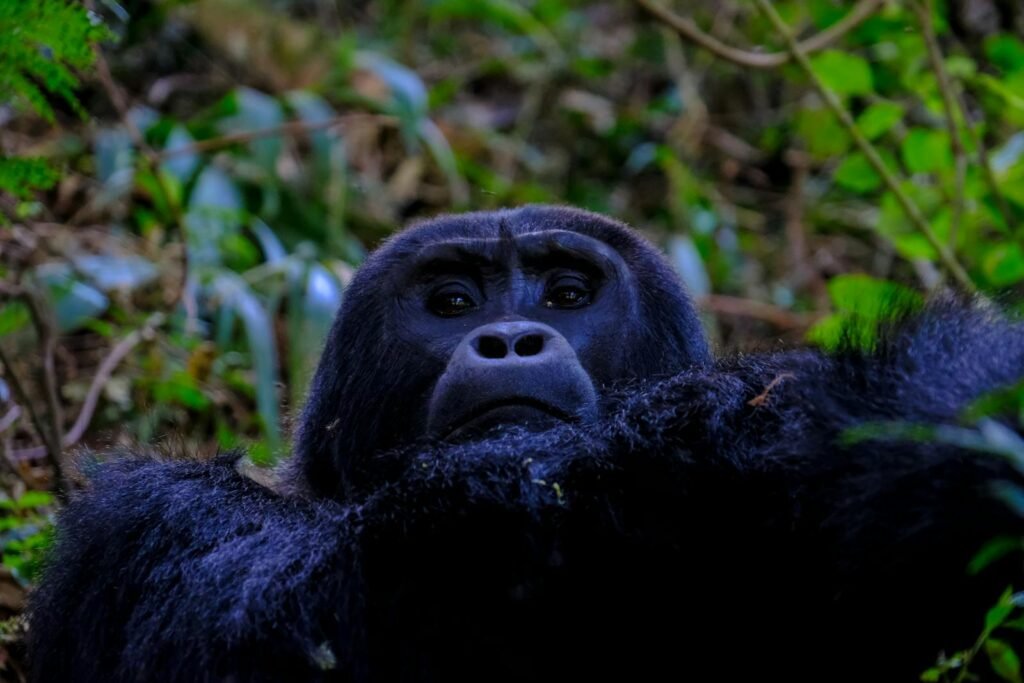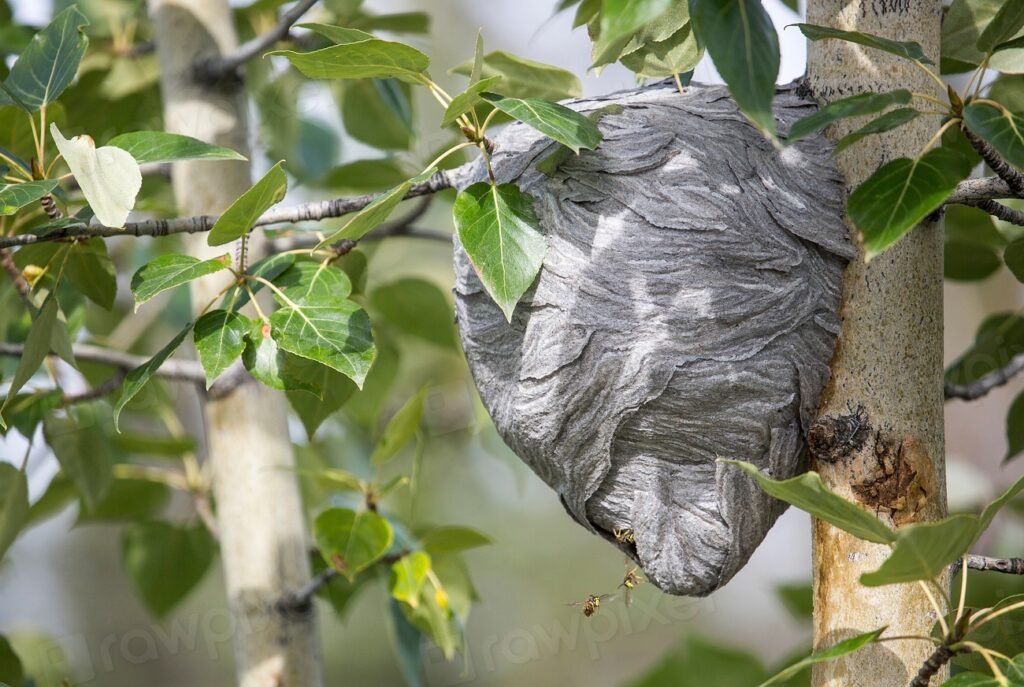Imagine a time when the heartland of America pulsed with thunderous herds, the ground trembling beneath the hooves of millions of bison. This wasn’t just wild nature; it was a living, breathing ecosystem. Today, Kansas’ vast prairies whisper stories of those days, but most of the bison are gone, and the land has changed. Now, a bold question stirs: could the bison, icons of wild America, truly make a comeback and reclaim their ancient home? As the world yearns for wilder landscapes and a renewed balance with nature, the dream of rewilding Kansas with bison sparks excitement, hope, and a bit of controversy.
The Lost Giants of the Prairie
Kansas was once the kingdom of the American bison, with herds so immense that early settlers described them as “moving clouds” across the horizon. These animals shaped the tallgrass prairie, grazing patterns creating a patchwork of habitats that nurtured countless other species. But the 19th century saw the bison nearly erased from existence, hunted to the brink in a campaign that left only a few hundred survivors. The plains, once alive with the sounds and sights of bison, fell silent. The memory of these giants lingers, however, and their absence is felt in the very rhythm of the land.
Why Bison Matter to the Kansas Prairie
Bison are more than just big animals; they’re ecosystem engineers. Their grazing habits encourage plant diversity, prevent the spread of woody shrubs, and create open spaces where wildflowers and grasses can flourish. Unlike cattle, bison move constantly and graze selectively, which benefits soil health and helps native plants thrive. Their wallows—shallow depressions they create by rolling in the dirt—collect rainwater and become mini-habitats for insects and birds. Restoring bison could mean reviving the very soul of the Kansas prairie, bringing back the intricate web of life that once depended on them.
The Science Behind Rewilding
Rewilding isn’t just letting animals loose and hoping for the best. It’s a carefully planned process that uses scientific research to guide every step. Scientists study how bison interact with plants, soil, and other animals, and how their behaviors influence the landscape. Ecologists also monitor changes in plant species, water cycles, and even fire patterns, since bison grazing can reduce the risk of wildfires. By understanding these dynamics, experts can design rewilding projects that boost biodiversity, restore ecosystem functions, and increase the land’s resilience to climate change.
Challenges to Bison Reintroduction
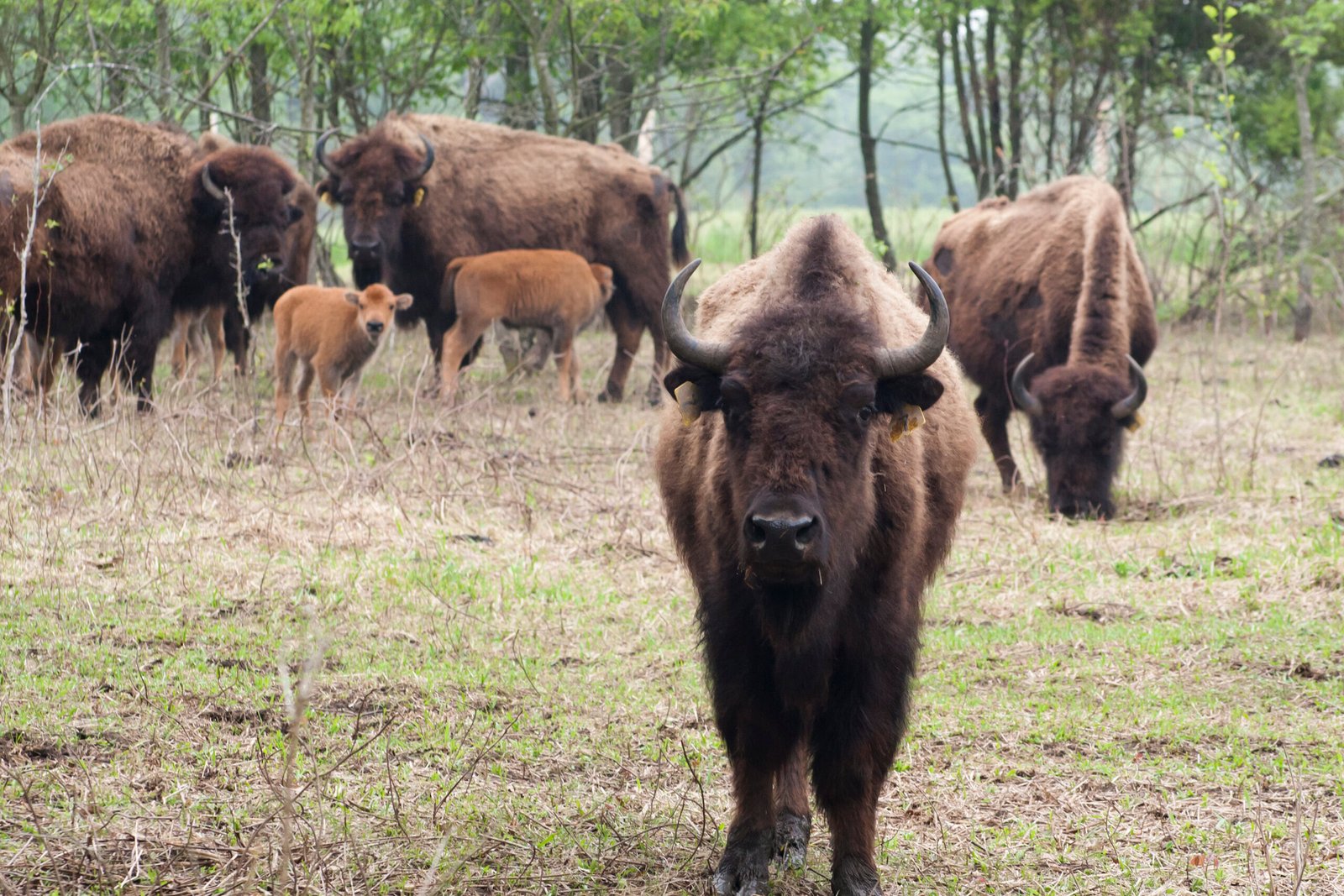
Bringing bison back to Kansas isn’t as simple as opening a gate. Modern Kansas is a patchwork of farms, towns, and highways, with most land privately owned. Bison need large, connected areas to roam, but fencing and development make this difficult. There are also concerns from ranchers about disease transmission to cattle, potential competition for grazing, and property damage. Overcoming these obstacles requires collaboration among landowners, conservationists, and local communities, as well as creative solutions like wildlife corridors and shared land management.
Current Efforts and Success Stories
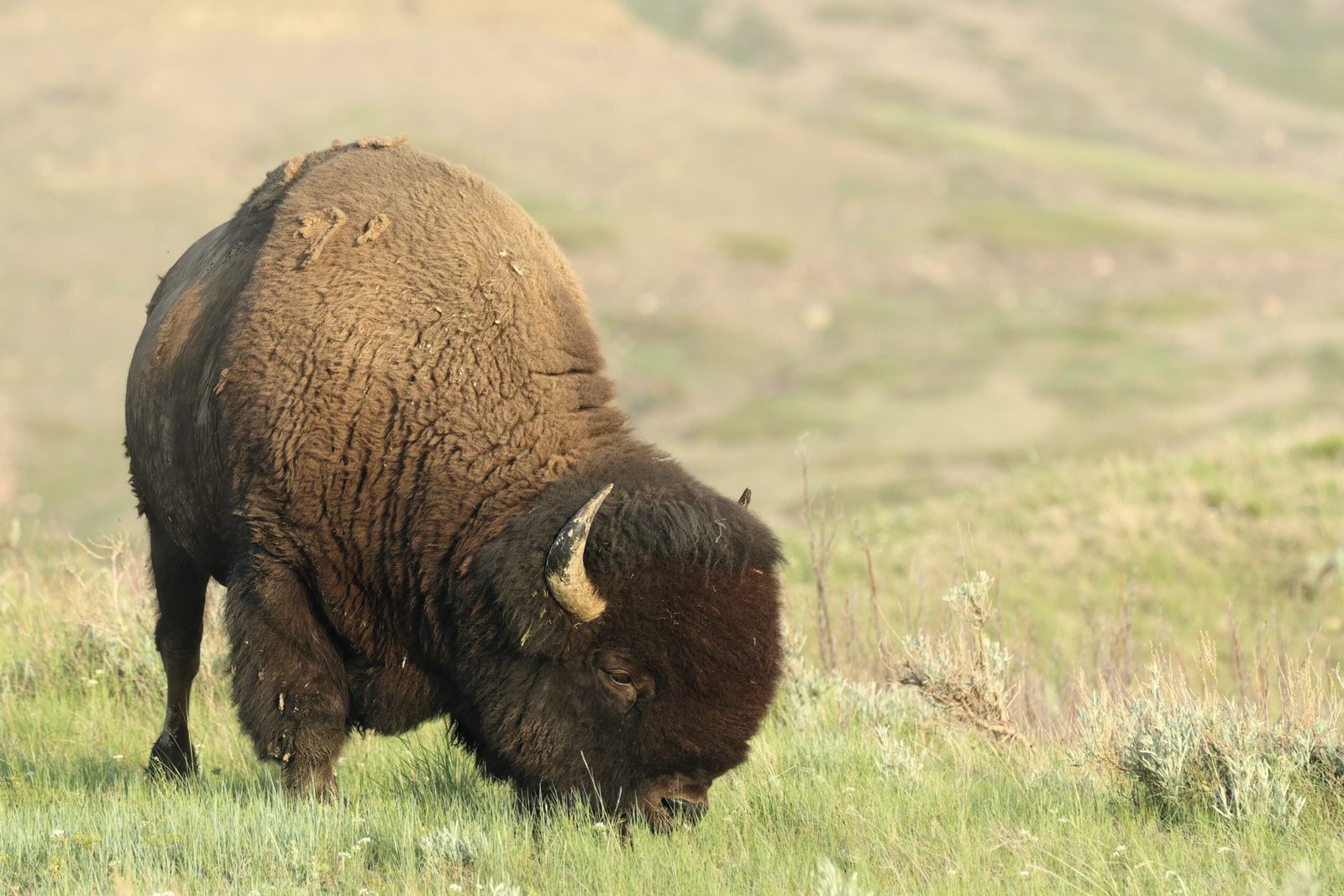
Despite the hurdles, some bold projects have already begun. The Konza Prairie Biological Station and the Tallgrass Prairie National Preserve are two places in Kansas where bison have been reintroduced with promising results. These herds are carefully managed, and researchers closely monitor the impacts on the ecosystem. Over time, native grasses and wildflowers have rebounded, and rare birds and insects have returned. These successes fuel the hope that larger-scale rewilding is possible, and that the bison could one day roam more freely across the state.
Bison and the Climate Crisis
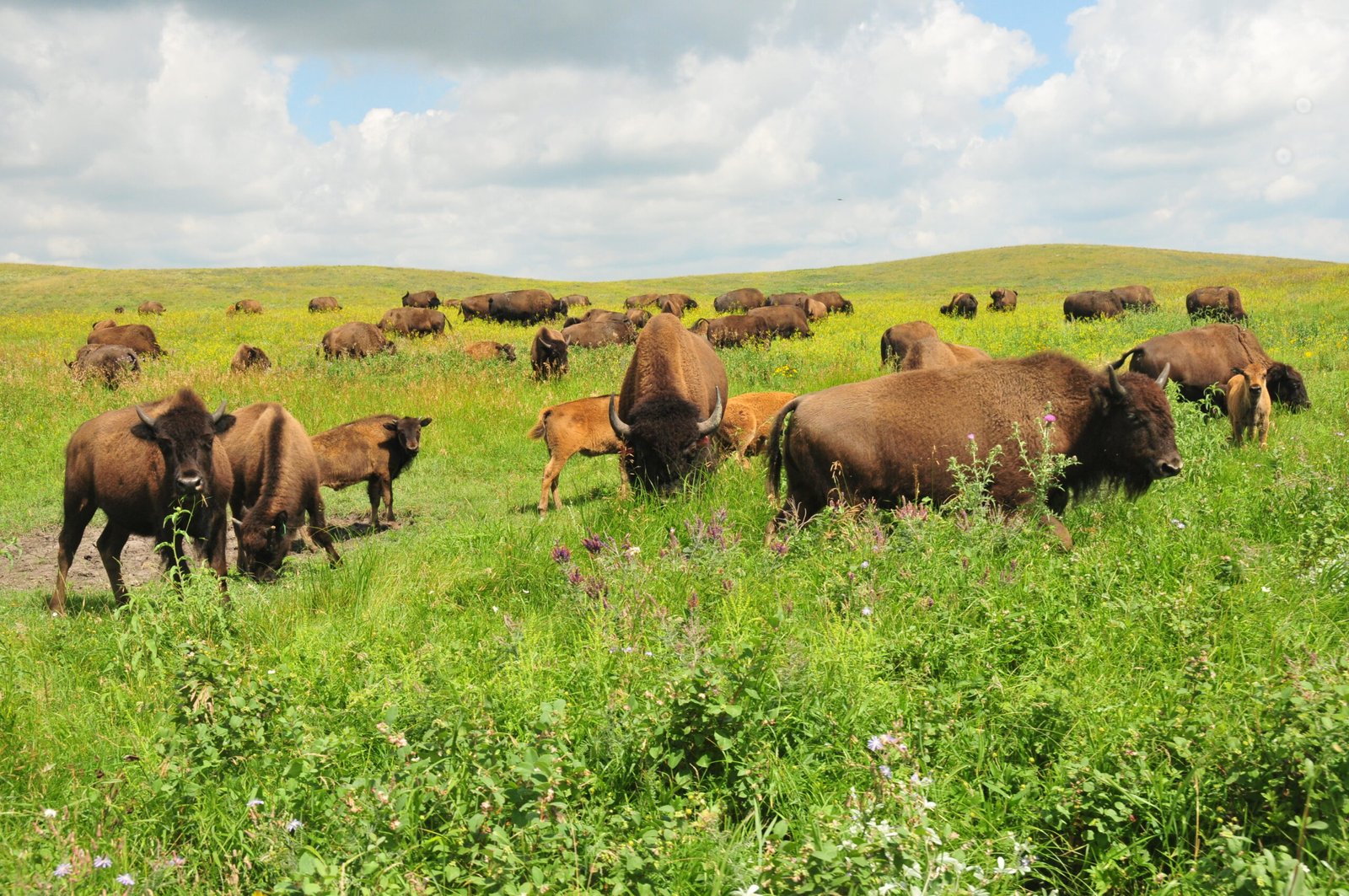
The return of bison to Kansas could play a surprising role in fighting climate change. Healthy prairies store vast amounts of carbon in their deep roots, and bison grazing helps keep these grasslands vibrant and productive. By preventing overgrowth and encouraging new plant growth, bison help the prairie capture more carbon from the atmosphere. This natural climate solution is gaining attention as the world searches for ways to slow global warming, making bison restoration not just an ecological dream, but a practical strategy for the future.
Community Voices and Cultural Connections
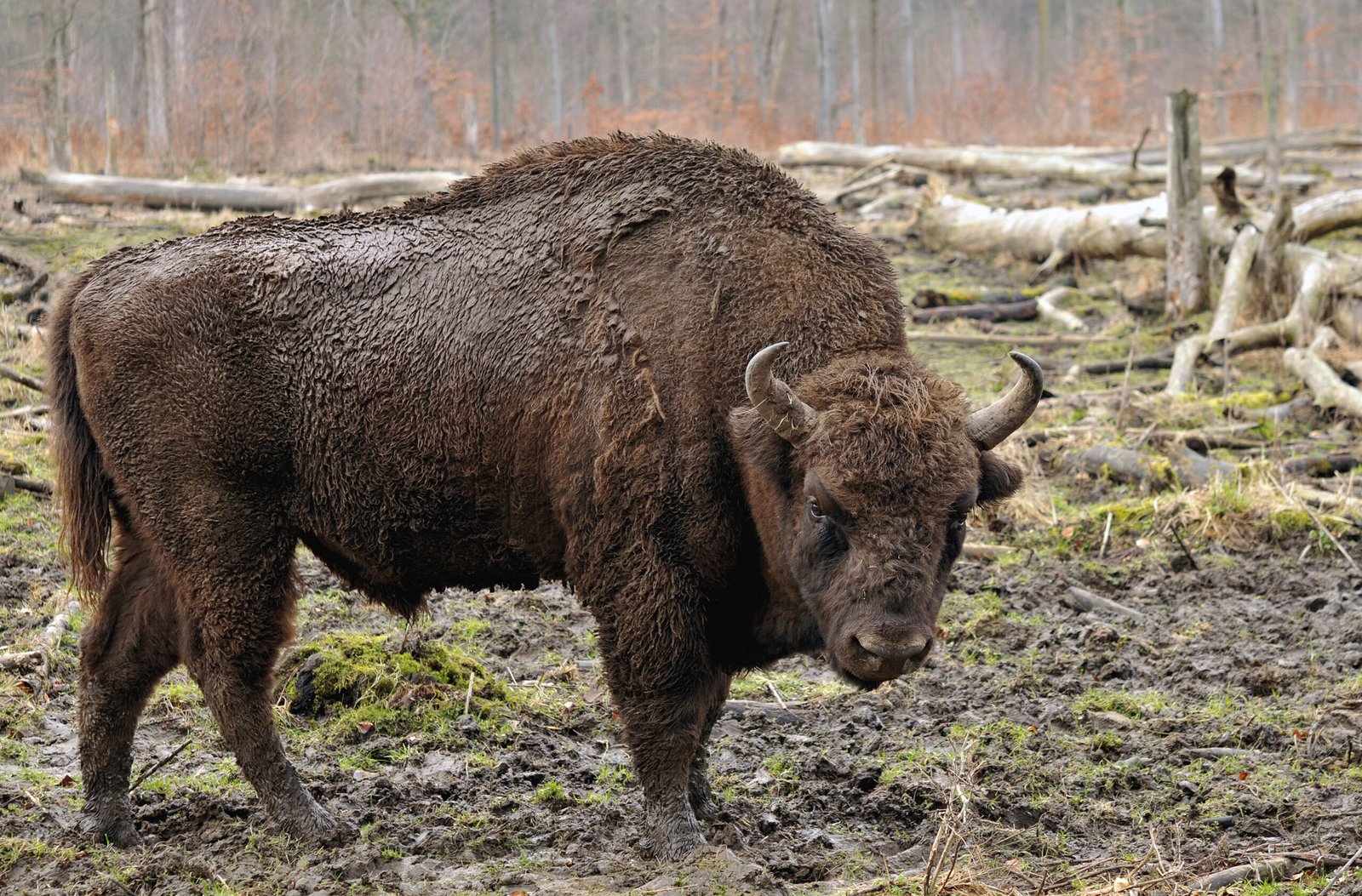
The bison’s story is deeply woven into the cultural fabric of Kansas, especially for Indigenous communities who have long revered these animals as sacred. For many, the return of bison isn’t just about restoring nature—it’s about healing historical wounds and reviving traditions. Community-led projects are helping to reconnect people to the land and to each other, using bison as a symbol of resilience and renewal. As more people rediscover the bison’s significance, support for rewilding efforts continues to grow.
Economic Impacts: Risks and Rewards
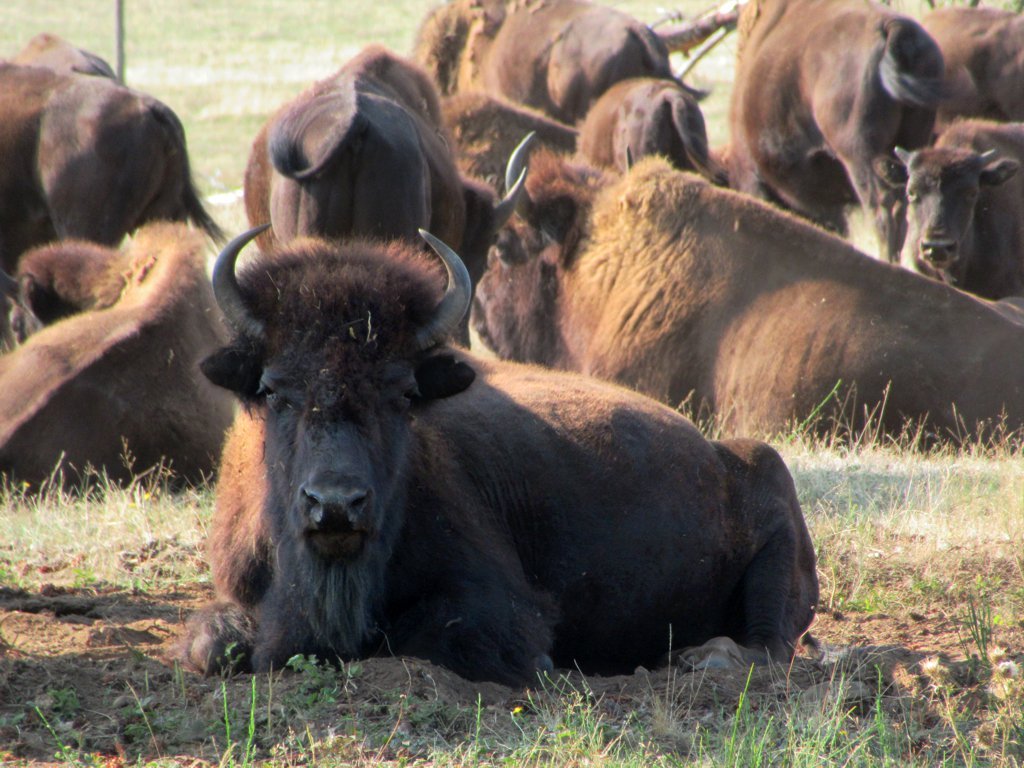
Rewilding bison isn’t just about nature—it also has economic consequences. On one hand, bison herds can attract tourists, create jobs, and open new opportunities for eco-friendly agriculture. On the other, landowners worry about property rights, livestock safety, and potential costs of managing wild animals. Balancing these interests is tricky, but some ranchers are finding ways to coexist, raising bison for meat or ecotourism and benefiting from conservation programs. The path forward will require compromise, innovation, and a willingness to see value in wildness.
What Would a Wild Kansas Look Like?
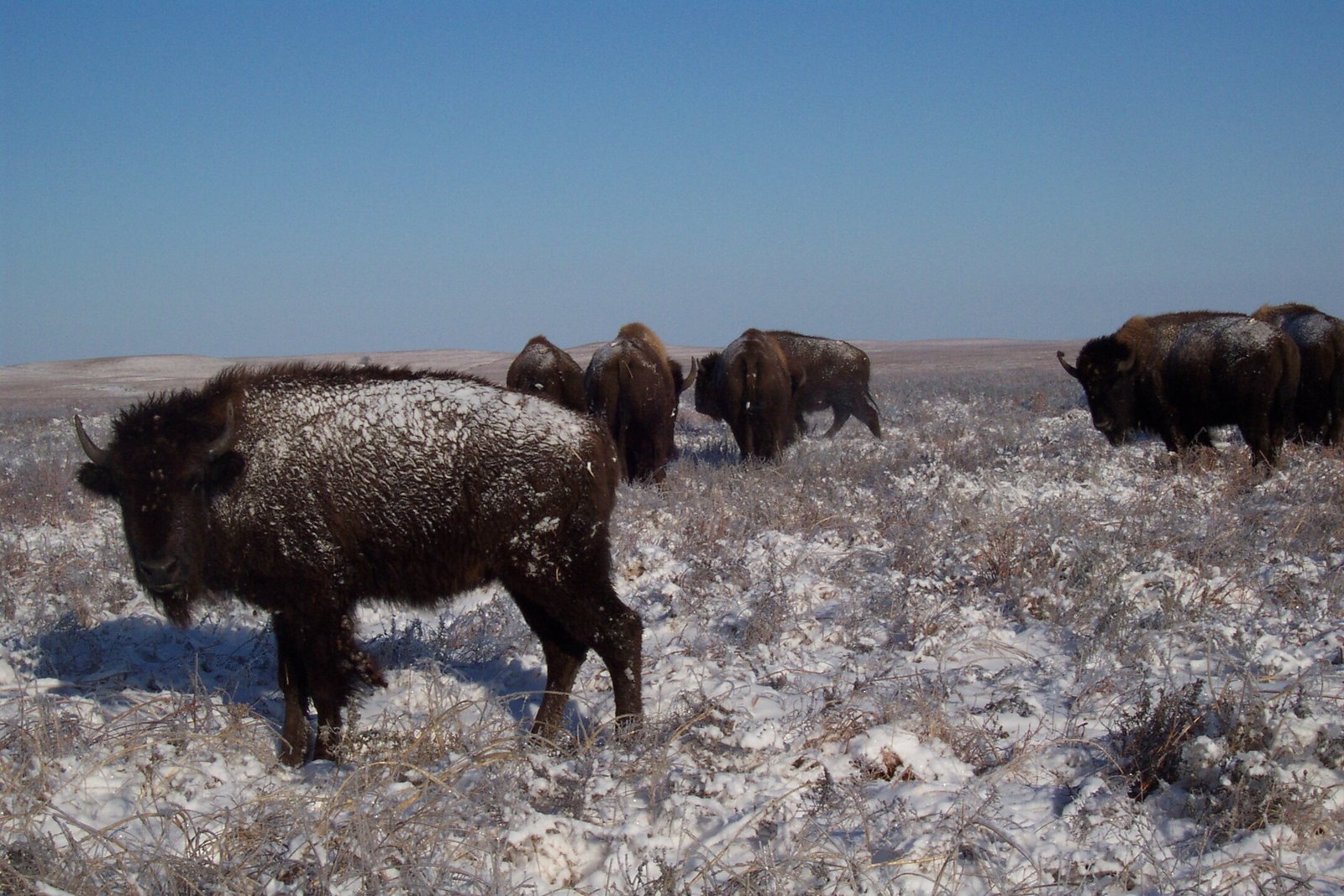
Picture a Kansas where the prairie sways with native grasses, where butterflies and birds dart through blooming wildflowers, and herds of bison move across the horizon like living storms. Such a vision is both inspiring and daunting. Restoring wildness means accepting change and uncertainty, but it also promises beauty, resilience, and a deeper connection to the land. For many, the thought of bison returning for good is a symbol of hope—a reminder that even after great loss, nature has the power to heal and surprise us.
The Road Ahead: Hope, Hurdles, and Possibility
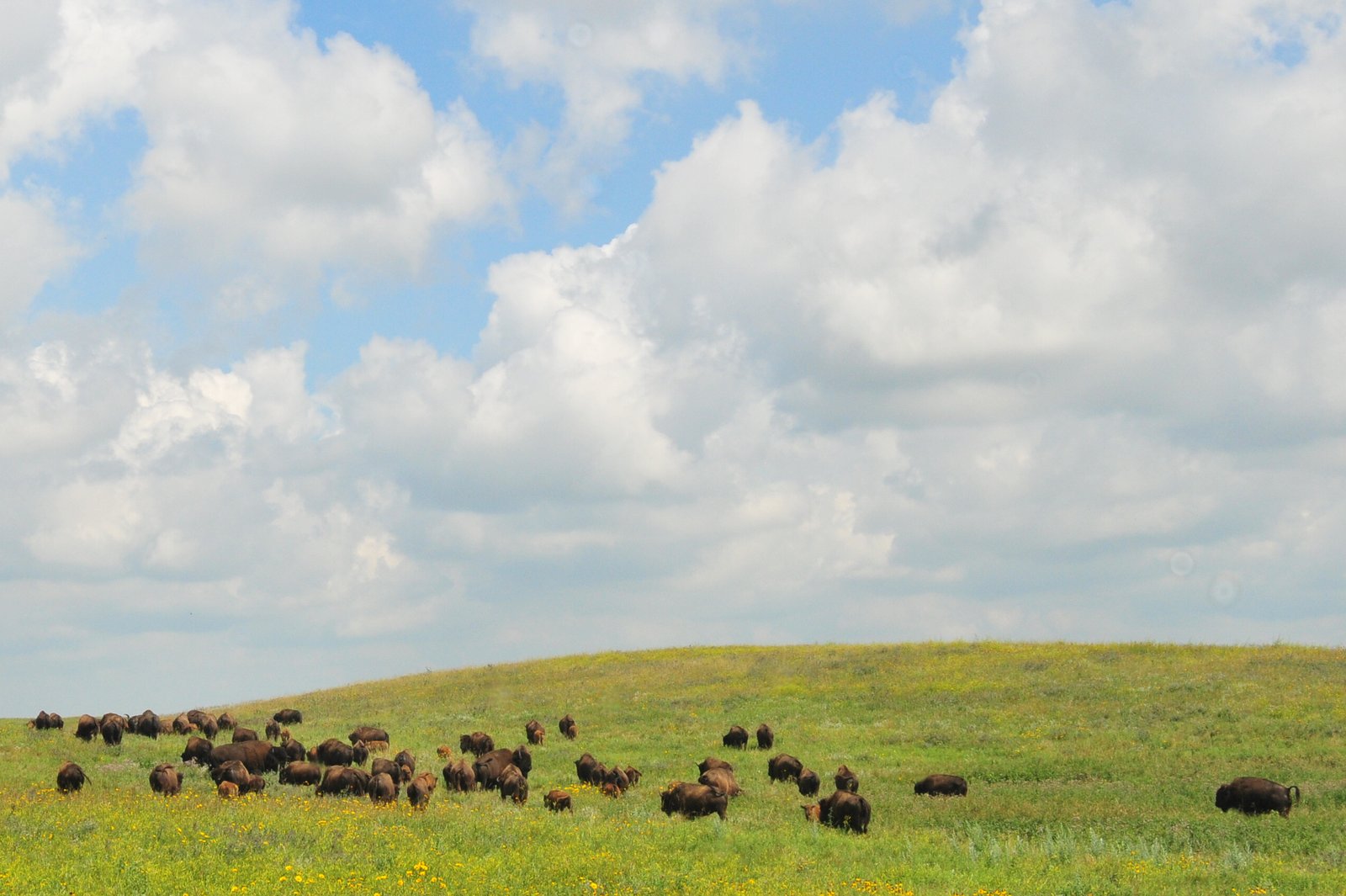
The journey to rewild Kansas with bison is filled with both hope and complexity. Scientific research, community engagement, and creative problem-solving are pushing the dream forward, but challenges remain. The question isn’t just whether bison can come back, but whether people are ready to welcome them home. The future of the Kansas prairie may depend on our ability to see ourselves as part of the wild story, not just observers or managers.
Bison once shaped the fate of the plains—could they do it again?


